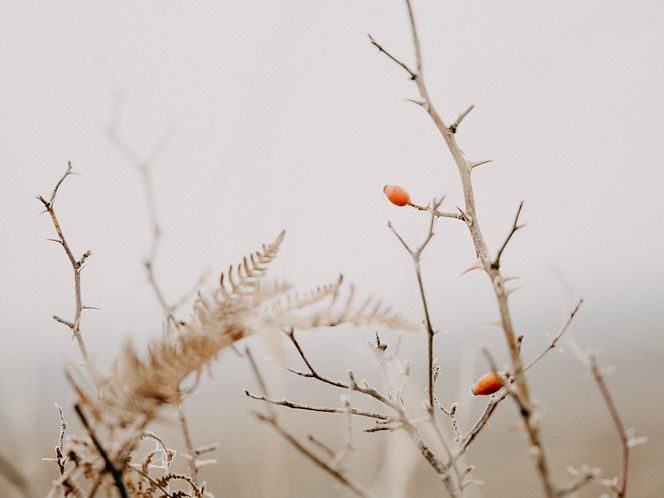For the past several years I've been thinking about the sustainability of my way of life. I'm not a perfect role model of sustainable living by any stretch of the imagination, but I try to make good choices, and to really think about the impact of those choices. Nowhere is this more important than in my spiritual practice--which, after all, is rooted in reverence for the earth and nature. Recent events in the retail world have brought the intersection between witchcraft and consumerism into the public eye more than usual, so it seemed like a good time to revive this post (which previously appeared on a website I'm in the process of dismantling).
I thought it might be beneficial to begin a conversation with my fellow witches and pagans about the sustainability of our spiritual practices. And where better to start than the altar or shrine, often the most materialistic aspect of the pagan path?

Today I want to show you all an example of a working altar I composed for spellwork a few years ago. It utilizes thrifted and found objects, and I think it demonstrates how a beautiful, eco-friendly altar can also be very inexpensive (and if you're resourceful enough, it can be free).
And here's a breakdown of where everything came from.
Found Items:
Sand dollar from the beach
Hagstone from another beach
White stone, with fascinating honeycomb pattern, found in the woods when I visited my brother in Northern Michigan years ago.
Pine cone from the woods
Hydrangea flowers--dried--from the bush by my front door.

Gifts:
Wild turkey feathers from a friend whose partner sometimes hunts for their thanksgiving birds. He cleans the feathers, and she uses them in crafts and magic.
White stained glass star from a friend who had to downsize her possessions when she moved house.
Thrift and Vintage Store Items:
Antlers
Decorative glass dish holding a votive candle
The altar cabinet (a wedding present from my wife, so I guess it's also a gift!)
Large bottle holding the tallest hydrangea (you can't see it, but it's there)
Yard Sale Items:
Brass candlesticks (holding the feathers)
Upcycled Items:
Used tincture bottles holding the shorter hydrangea blossoms (also impossible to see).
Handmade Item:
Tiny pentacle made of young curly willow branches.
New Item:
One beeswax candle, cotton wick, made in the United States.

There's nothing costly or rare on this altar, but to me it's beautiful--and perfectly expresses my connection with nature and deity.
I'm not dogmatic about never purchasing anything new for my practice: that's not what this post is about. It is, instead, about considering where our possessions come from, and thinking about creative ways to source our sacred objects. The benefits of rethinking the altar include creating something that expresses your unique relationship with the universe, and knowing that every item on your altar has a story other than "I got it on sale from a catalog". We'll talk more about that in a future post.


Comments